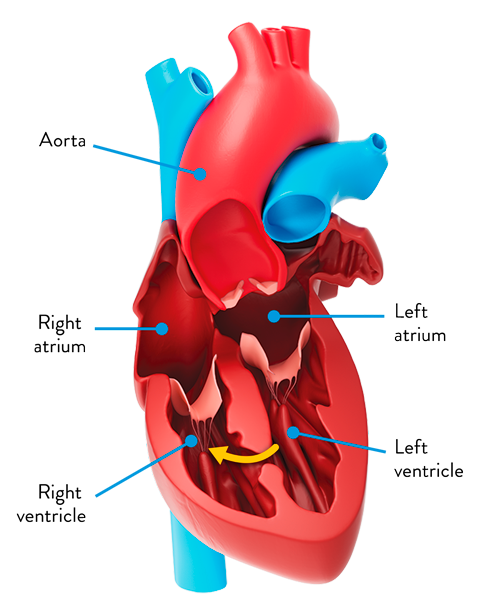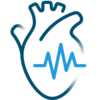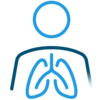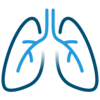VENTRICULAR SEPTAL DEFECT (VSD)
What is a
ventricular septal defect?
A ventricular septal defect (VSD) is an opening between the two lower chambers of the heart. This opening allows oxygen-rich blood to mix with oxygen-poor blood, creating extra work for the heart.
- Congenital heart defects occur in about 7.5% of live births.1 Of these, 20% are VSDs, making them one of the most common congenital cardiac malformations.2
- Muscular VSDs account for 10% of all VSDs.3
How VSD affects your
blood flow
The heart is a pump with four chambers: two small upper chambers called the atria (you have a right and a left atrium) and two larger, more powerful pumping chambers called ventricles (again you have a right and a left ventricle). A healthy heart pumps blood through the body and is controlled by a unique electrical system imbedded within the heart itself.
Typically, oxygen-poor blood flows from the body into the heart through the right atrium and then fills the right ventricle. When the heart beats, this blood is pumped through the pulmonary artery out to the lungs to be filtered and receive oxygen. From the lungs, the now oxygen-rich blood enters the heart through the left atrium. It then fills the left ventricle and is pumped through the aorta out to the body to provide oxygen to all the organs and cells. After it circulates throughout the body it becomes oxygen-poor and returns to the heart.
A VSD is an abnormal opening in the wall between the ventricles. Because there is more pressure in the left ventricle, the oxygen-rich blood flows back into the right ventricle and mixes with oxygen-poor blood. This blood then re-circulates through the lungs and back to the heart causing the heart to overwork. Because some oxygen-rich blood flows through the VSD, less oxygen-rich blood is available to be pumped to the body.

VENTRICULAR SEPTAL DEFECT
SYMPTOMS
Severity of ventricular septal defect symptoms often depends on the size of the hole. While small VSDs can sometimes cause no symptoms, medium to large VSDs can allow more blood to pass through the hole, creating more work for the heart. The increased workload may cause fatigue, high blood pressure, and/or an enlarged heart which can potentially cause permanent damage to the blood vessel walls. In babies, VSDs can result in poor weight gain, poor exercise tolerance, and possibly heart failure.4 Symptoms of ventricular septal defect may include:

HEART MURMUR

DIFFICULTY BREATHING

FAST OR HEAVY BREATHING

FATIGUE WHEN FEEDING (INFANTS)

POOR FEEDING AND POOR WEIGHT GAIN (INFANTS)

SWEATING WHEN EATING OR CRYING (INFANTS)
VENTRICULAR SEPTAL DEFECT TREATMENT
If you or a loved one has been diagnosed with a ventricular septal defect (VSD), it’s important to seek timely treatment since the condition can cause serious complications. Your doctor will discuss the best treatment option for you.
MAT-2304815 v3.0 | Item approved for U.S. use only.